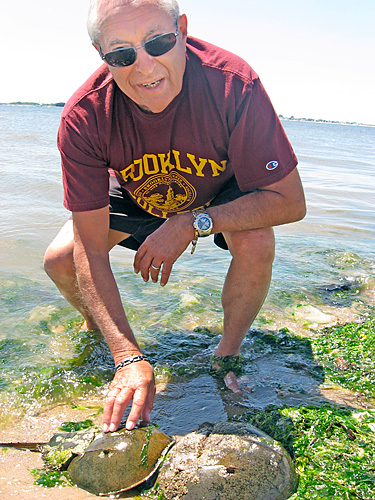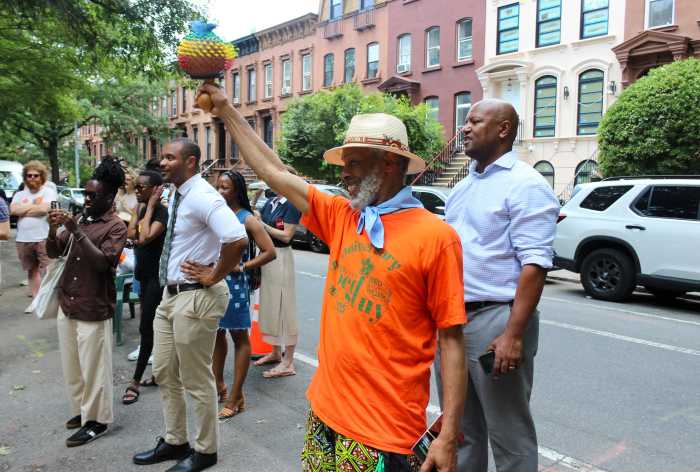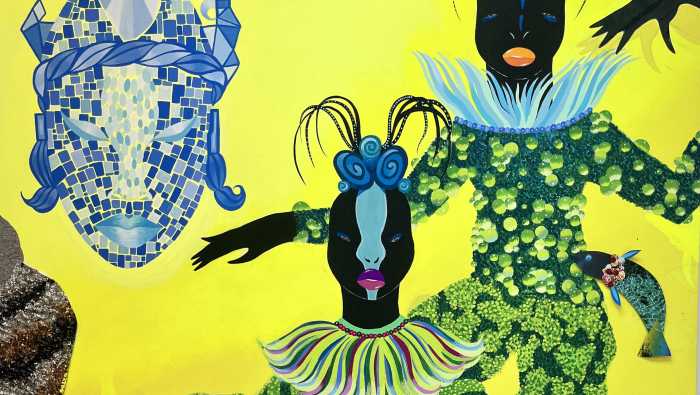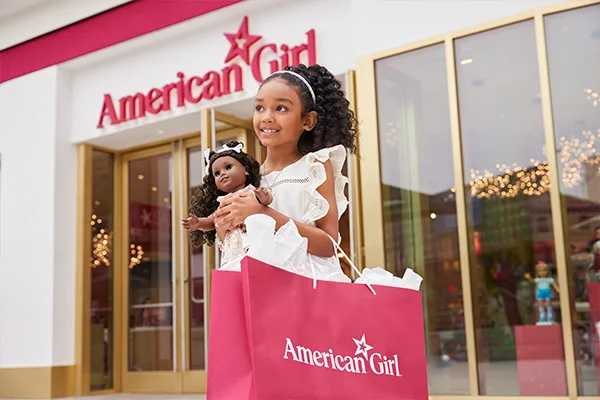There’s a horseshoe crab orgy going on right now, and everyone’s invited.
Thousands of the freaky arachnid cousins are partying on the shores of Sheepshead Bay like it’s 420 million B.C. — and there are only a few weeks left to enjoy one of nature’s greatest treats: a horseshoe crab gang bang.
On a lucky day when the tide is high, Martin Schreibman, a marine biologist at Brooklyn College and one of the world’s foremost experts/voyeurs of horseshoe crab sexual behavior, will see as many as 500 of the randy creatures copulating on the beach.
In fact, he’s never happier than when he’s standing atop two males vying for a chance to latch onto a female to fertilize some eggs.
“She rode into the bay with them,” Schreibman said, watching a freaky three-way. “He’s going to be smoking a cigarette any minute.”
Though the horseshoe crabs’ eyes do not betray the lust coursing through their primitive brains, the orgy of chelicerates would put Studio 54 to shame. The creatures have been engaging in this bacchanal since prehistoric times, swimming to the shore when the ocean heats up and then getting down. There, a male crab — or two or three! — latches onto whatever female he can find. The female buries herself in the moist sand and begins to deposit her eggs, which the males fertilize with their seed. This process happens until mid-July.
“Group sex is common among horseshoe crabs,” said Schreibman, the founder of the Aquatic Research and Environmental Assessment Center on the Midwood campus. “The more males there are attempting to fertilize a female that is laying 80,000 eggs in a season, the better the odds the eggs will be fertilized.”
In this case of animal love, beauty is indeed in the eye of the beholder. The horseshoe crabs have a sword-like tail, and a tough carapace featuring two tiny, beady eyes and not much else. Underneath the hood are six insect-like arms that writhe in futility when the creatures are turned upside down. In the middle is a repulsive, hairy maw that engorges small invertebrates and other scraps.
Schreibman explained that the females, which are a bit larger than a Frisbee, tend to be 30 to 40 percent larger than males. The way to distinguish a male from a female is its two boxing glove-like apendages, which it uses to hold the female in place so she cannot flee.
The fertilized eggs then sit in the sand for about a month until the tide rises high enough to the take the miniscule baby horseshoe crabs out to sea. During the in-vitro period, herons, gulls, and other birds peck at the sand for the salty feast of horseshoe crab caviar.
“This is the prime species in Jamaica Bay,” said Schreibman. “And the ability to bring them to a lab, under controlled conditions, make them ideal for studying.”
In other words, the crabs aren’t bashful and will get down anywhere, though they prefer a romantic setting like Plumb Beach, just off the Shore Parkway, under a full moon.
“It’s very romantic — they have a good sex life,” said Schreibman, adding that the site of so many horseshoe crabs copulating can only be seen as a good sign for the future of the species.
“I would like to think they’re enjoying sex — they’re doing what they should be doing … and they’ll maintain themselves for a long, long time.”























